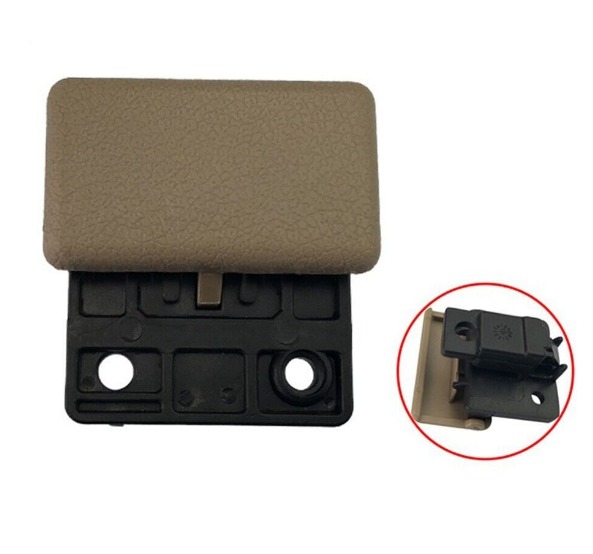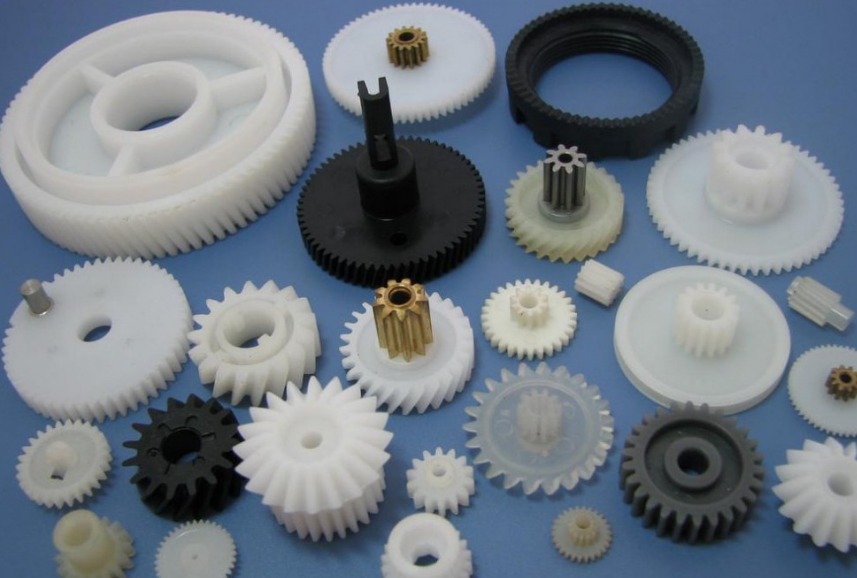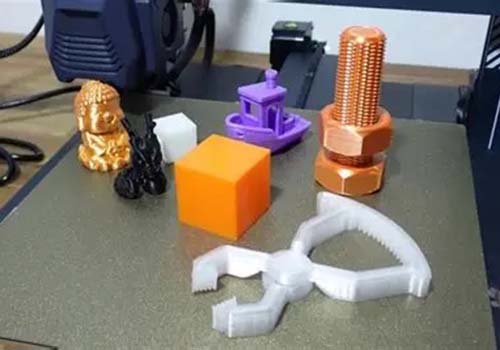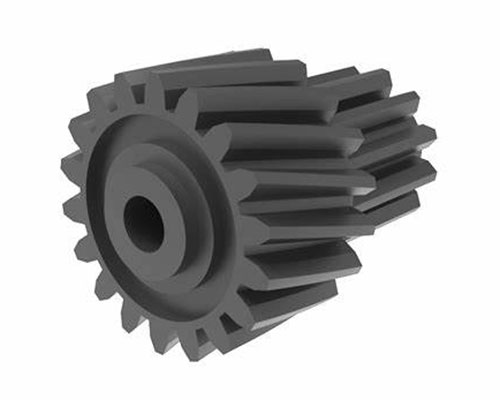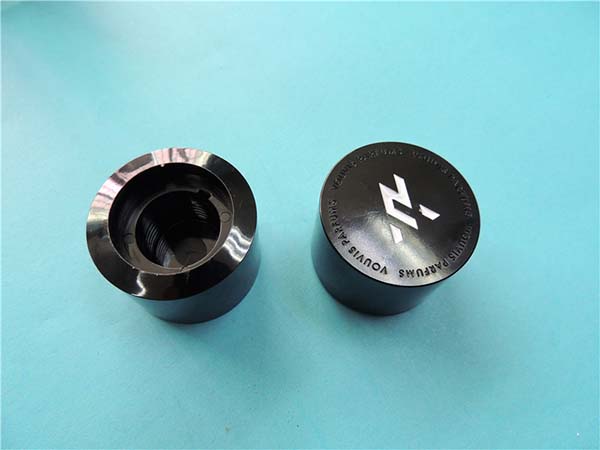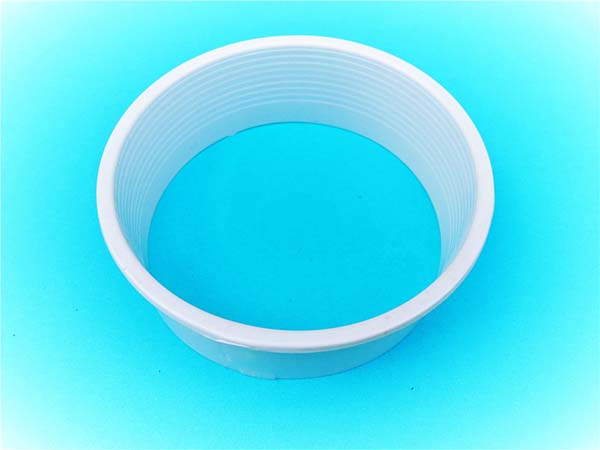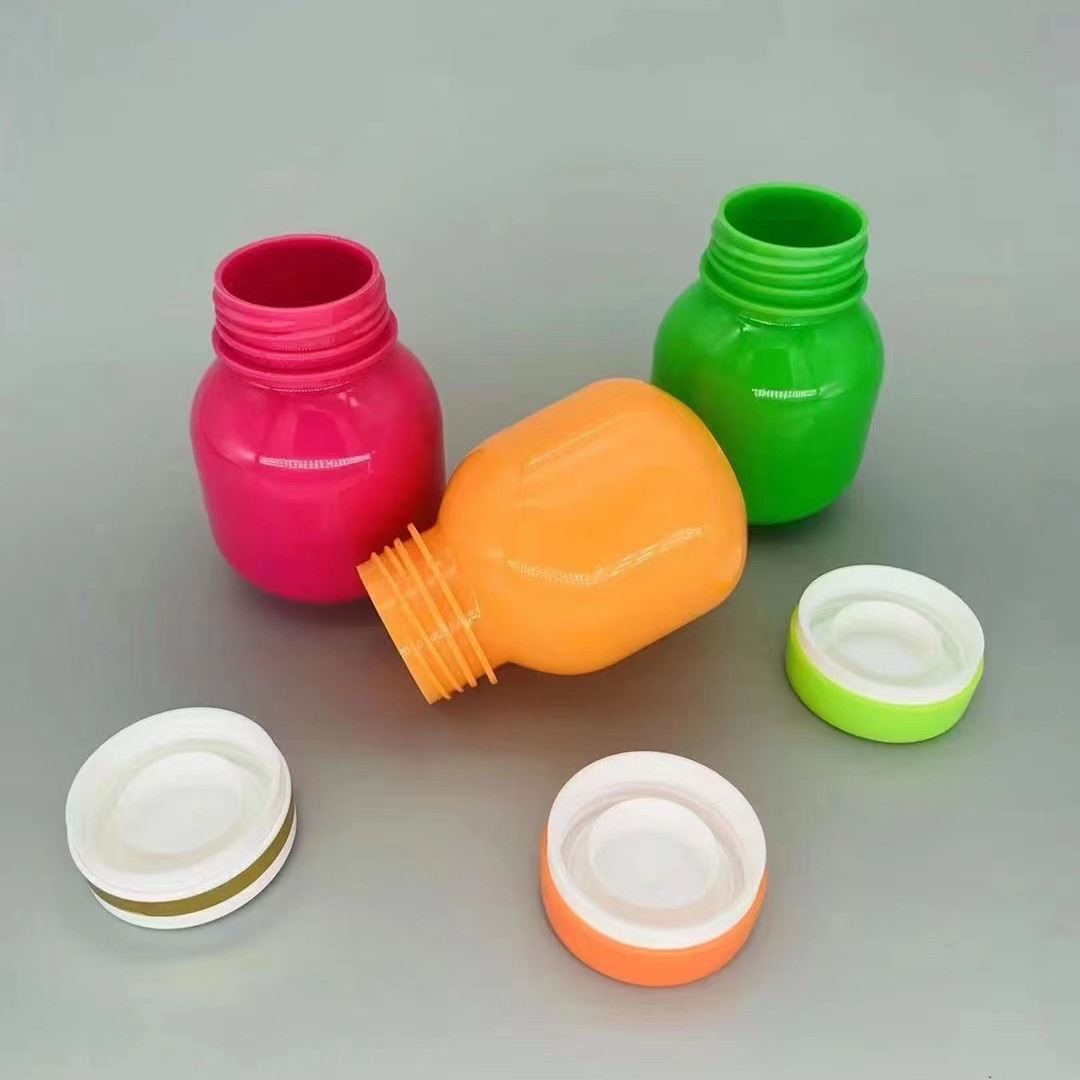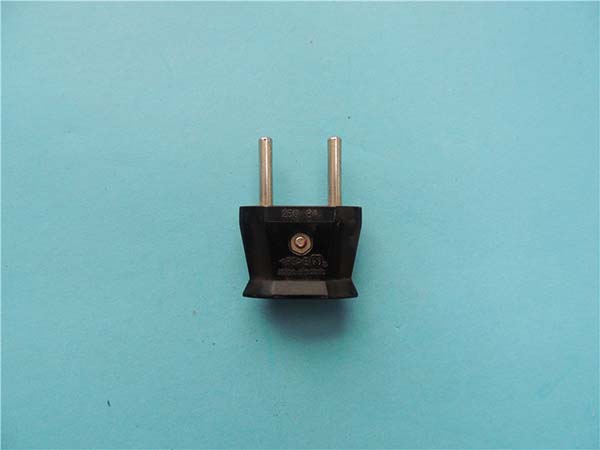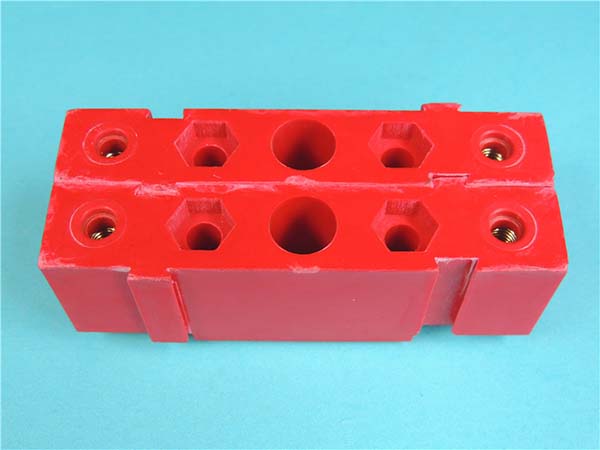What is Industrial Injection Plastics?
Industrial injection plastics, also known as injection molding, is a widely used manufacturing process for producing plastic parts in large quantities. The basic concept of industrial injection plastics is to heat plastic granules until they melt, then inject the molten plastic under high pressure into a mold cavity. Once the plastic fills the mold, it cools and solidifies, taking on the shape of the mold cavity. After the plastic has hardened, the mold opens, and the finished part is ejected. This process can be repeated continuously, making it highly efficient for mass production.
Here is a more detailed breakdown of the process:
- Plastic Granule Feeding: Plastic granules, which are the raw material, are fed into the hopper of the injection molding machine. The hopper supplies the granules to the heating barrel at a controlled rate.
- Melting and Plasticizing: Inside the heating barrel, the plastic granules are heated by electric heaters or other heating elements. As the temperature rises, the plastic softens and becomes a viscous, molten state. A screw or plunger mechanism inside the barrel rotates or moves forward to push the molten plastic towards the nozzle. This process is called plasticizing, which ensures the plastic is evenly melted and ready for injection.
- Injection into the Mold: When the molten plastic reaches the required volume and temperature, the injection unit forces it through the nozzle and into the closed mold cavity. The mold is designed to have the exact shape of the final product, including any details, holes, or complex geometries. High pressure is applied during injection to ensure the molten plastic fills every part of the mold cavity quickly and completely.
- Cooling and Solidification: Once the mold cavity is filled, the plastic begins to cool. The mold is usually cooled by circulating water or other cooling media to speed up the solidification process. As the plastic cools, it hardens and takes on the shape of the mold. This cooling stage is crucial as it determines the final dimensions, surface quality, and mechanical properties of the product.
- Mold Opening and Part Ejection: After the plastic has fully solidified, the mold opens, separating into two or more parts. An ejection system, which can be mechanical, hydraulic, or pneumatic, is then activated. The ejection system pushes the finished plastic part out of the mold cavity, and it is then collected for further processing or quality inspection.
Key Aspects of Industrial Injection Plastics
Materials Used
The choice of plastic materials in industrial injection plastics is vast, each with its own set of properties that make them suitable for different applications. Here are some of the most common ones:
- ABS (Acrylonitrile Butadiene Styrene): ABS is a popular engineering plastic known for its excellent impact resistance, dimensional stability, and surface finish. It has a good balance of strength, stiffness, and toughness. ABS can be easily molded into complex shapes and is resistant to chemicals, making it suitable for a wide range of applications, such as automotive parts (interior components, dashboards), electronic device housings (TVs, game consoles), and toys. Its melting point ranges from 210 - 240°C, and it has a density of around 1.04 - 1.06 g/cm³.
- PP (Polypropylene): PP is a semi - crystalline thermoplastic with high heat resistance, making it suitable for products that need to withstand elevated temperatures, like microwave - safe containers. It is also lightweight, with a density of about 0.9 - 0.91 g/cm³, and has good chemical resistance, especially to acids and alkalis. PP has a relatively high melting point, around 160 - 170°C. It is often used in the automotive industry for parts like bumpers and interior trims, in the packaging industry for bottles and caps, and in household items such as plastic furniture and storage containers.
- PE (Polyethylene): PE is a widely used plastic with different grades based on density, such as Low - Density Polyethylene (LDPE) and High - Density Polyethylene (HDPE). LDPE is soft, flexible, and has good transparency, making it ideal for applications like plastic bags, films, and some types of bottles. HDPE, on the other hand, is more rigid and has higher strength, used for products like pipes, large containers, and industrial parts. PE is chemically stable, has good electrical insulation properties, and is relatively easy to process. LDPE has a melting point of about 105 - 115°C, while HDPE melts at around 125 - 135°C.
Injection Molding Process
The injection molding process is a complex and highly precise manufacturing method, consisting of several key steps:
- Raw Material Preparation: The process begins with plastic granules, which are carefully selected based on the desired properties of the final product. These granules are then fed into the hopper of the injection molding machine. If the plastic is hygroscopic (absorbs moisture), it may need to be dried before processing to prevent defects in the final product. For example, some engineering plastics like nylon (PA) require thorough drying to ensure a high - quality finish.
- Plasticization: Inside the heating barrel of the injection molding machine, the plastic granules are heated by electric heaters or other heating elements. As the temperature rises, the plastic softens and transforms into a viscous, molten state. A screw or plunger mechanism rotates or moves forward to push the molten plastic towards the nozzle. This process, known as plasticization, ensures that the plastic is uniformly melted and ready for injection. The temperature settings during plasticization vary depending on the type of plastic; for instance, ABS is typically plasticized at temperatures between 200 - 250°C.
- Injection: Once the plastic is properly plasticized, the injection unit forces it through the nozzle and into the closed mold cavity. High pressure is applied during this stage to ensure that the molten plastic fills every intricate detail of the mold cavity quickly and completely. The injection pressure can range from a few dozen to several hundred megapascals (MPa), depending on factors such as the complexity of the mold, the type of plastic, and the size of the part.
- Packing and Holding: After the mold cavity is filled, a holding pressure, also known as packing pressure, is applied to compensate for the shrinkage of the plastic as it cools and solidifies. This pressure helps to ensure that the final product has the correct dimensions and density. The packing pressure is usually lower than the injection pressure and is maintained for a specific period, typically a few seconds to several tens of seconds.
- Cooling and Demolding: As the plastic cools within the mold, it gradually solidifies and takes on the shape of the mold cavity. The mold is often cooled by circulating water or other cooling media to expedite the cooling process. Once the plastic has hardened sufficiently, the mold opens, and an ejection system, which can be mechanical, hydraulic, or pneumatic, is activated to push the finished plastic part out of the mold cavity. The cooling time is a critical factor, as it affects the production cycle time and the quality of the product. For example, thicker - walled parts generally require longer cooling times to prevent warping and ensure dimensional stability.
Mold Design and Manufacturing
Mold design and manufacturing are fundamental to the success of industrial injection plastics:
- Mold Structure: A well - designed mold structure is essential for efficient production and high - quality parts. The mold typically consists of two halves: the cavity half, which forms the outer shape of the product, and the core half, which forms the inner shape. It also includes features such as runners (channels that guide the molten plastic from the nozzle to the mold cavity), gates (the openings through which the plastic enters the cavity), and vents (to allow the escape of air and gases during injection). For complex parts, molds may have moving components, such as slides or lifters, to create undercuts or complex geometries.
- Material Selection: The choice of mold material is crucial. Steel is a common choice due to its high strength, durability, and ability to withstand the high pressures and temperatures involved in injection molding. Different grades of steel, such as P20, H13, and 718, are selected based on factors like the complexity of the mold, the expected production volume, and the type of plastic being molded. For example, H13 steel is often used for molds that require good heat resistance and toughness, making it suitable for molding high - temperature plastics.
- Processing Accuracy: High - precision machining is required to create molds with tight tolerances. Advanced manufacturing techniques such as Computer - Numerical - Control (CNC) machining, Electrical - Discharge Machining (EDM), and Wire - EDM are used to ensure that the mold has the correct dimensions and surface finish. The accuracy of the mold directly impacts the dimensional accuracy of the final product. For example, a mold with a machining tolerance of ±0.01 mm can produce parts with very precise dimensions, which is crucial for applications in the automotive and aerospace industries where tight tolerances are required.
Yigu Technology's Perspective
As a non - standard plastic metal products custom Supplier, Yigu Technology deeply understands the significance of industrial injection plastics. In the field of custom - made products, industrial injection plastics offer us great flexibility. We can precisely control the shape, size, and material properties of plastic products according to customers' unique requirements.
With rich experience, we have successfully handled a wide range of complex custom - made projects. Our advanced manufacturing equipment and professional technical team enable us to achieve high - precision mold manufacturing and efficient injection molding processes. This ensures that every custom - made product we deliver meets or even exceeds customers' expectations in terms of quality and performance. Whether it's a small - batch production for product prototyping or a large - scale production for market - ready products, Yigu Technology is committed to providing the best solutions using industrial injection plastics technology.
FAQ about Industrial Injection Plastics
Q1: What types of plastics are most commonly used in industrial injection?
The most commonly used plastics in industrial injection include ABS, PP, and PE. ABS offers excellent impact resistance, dimensional stability, and a good surface finish, with a melting point of 210 - 240°C and a density of around 1.04 - 1.06 g/cm³. PP has high heat resistance, is lightweight (density about 0.9 - 0.91 g/cm³), and has a melting point of around 160 - 170°C. PE comes in different grades like LDPE and HDPE. LDPE is soft, flexible, and transparent, melting at about 105 - 115°C, while HDPE is more rigid and stronger, melting at around 125 - 135°C. Each type is chosen based on the specific requirements of the final product.
Q2: How can I prevent common defects in injection molding?
Common defects in injection molding can be prevented in several ways. For example, to avoid short shots (incomplete filling), you can increase the injection pressure, raise the temperature of the plastic and the mold, and ensure an adequate supply of plastic material. To prevent sink marks, adjust the packing pressure and time to compensate for plastic shrinkage during cooling, and also ensure uniform wall thickness in the part design. For warping issues, optimize the cooling system to ensure even cooling of the part, and balance the injection and packing pressures. Additionally, proper drying of hygroscopic plastics can prevent issues like voids and bubbles caused by moisture vaporization during the molding process.
Q3: What are the key factors to consider in mold design for industrial injection?
In mold design for industrial injection, key factors include the mold structure. It should have a well - designed cavity and core to form the product's shape accurately, along with runners to guide the molten plastic and gates to control its flow into the cavity. Venting is also crucial to allow air and gases to escape. Material selection for the mold is important; steel is a common choice due to its strength and durability, with different grades like P20, H13, and 718 selected based on production needs. Processing accuracy is vital, and advanced machining techniques such as CNC, EDM, and Wire - EDM are used to achieve tight tolerances, ensuring the final product meets the required dimensional accuracy.
